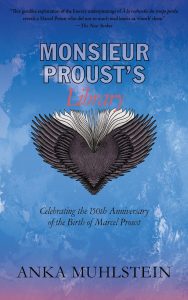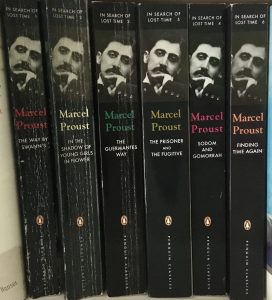Be it in the ports and industrial centers of Britain or those of continental Europe, or whether just another small town, like that of Angoulême in south-west France, of which Emma Rothschild tells of in this aeon article, the tentacles of the slave trade and the societies that subsisted from its labors and the wealth accrued through its brutality and the denial of human dignity, stretch across oceans and continents and are indelibly entwined throughout much of modern history; from out of the so-called Age of Discovery, through the years of “revolution” and “enlightenment” and beyond.
Slavery; certainly, long (or belatedly) recognized by most as a monumental moral failing, but too often regarded as an unfortunate consequence of the human quest for improvement and expansion – a weak defense of colonialism and tainted by theories of race and white superiority. Only in the most recent of times, have the complicated threads of slavery come to the forefront of research and public discourse, and as being more than just a factor, but a defining factor, in the course of the Modern era, and one still having a profound (and detrimental) effect on societies around the world. A history revolving around the once accepted narratives of great men and great events has been, if not superseded, greatly complemented by this shifting focus. If telling the story of slavery is long overdue, it is also an important consequence that in doing so other influencing strands in the historical narrative have gained traction – of families, of women and children, about work and play; in other words, the stories of ordinary people who lived and died, who made good choices and bad, and were never just the set decorations to the epochs adorned with the jewels of State – monarchs, politics and church.
Emma Rothschild’s essay compliments her latest book, An Infinite History, in which she explores the extended family of her subject over many generations, bringing to the fore, amongst other things, a complicity in slavery – to be read as a microcosm of that of a greater society, and the responsibilities that follow out of that. As she explains it:
[…] An Infinite History is a micro-history, in the sense that it starts with an individual, and it is also a medium-scale and even a macro-history, in the sense that it moves outwards from the individual, by the relationship of contiguity, to her immediate family, to her acquaintances and neighbours, in the social space of Angoulême, and to her posterity over time. It has turned out, along the way, to be a history of what individuals knew about far-off slavery, and of what it meant in their lives.
Slavery en famille, aeon, 1 October 2021
Emma Rothschild’s book, An Infinite History: The Story of a Family in France over Three Centuries is published by Princeton Press, and there is more information on their website, including a Q. and A. with the author, and another short essay on the “hidden economic lives of women”; also a concern Rothschild develops in her book. I should say, the book has its own website with a number of interesting resources; for example, a family tree and maps.
Below embedded is a short taster about the book – a project, really, on a particular way of telling history – on SOUNDCLOUD.



